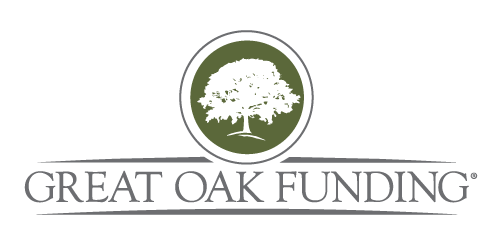The following is third in a three-part series on mezzanine level borrowing for small and mid-sized businesses. Business executives and owners who are in need of short-term loans have a number of options. These range from bank loans on the more traditional side of lending, to merchant cash advances on the opposite end of the spectrum.
Another option, sale-leaseback agreements, may be attractive because they provide both flexibility and more options in a borrower’s ability to securitize a loan. Sales-leasebacks can also offer a quicker turn-around for the borrower than offered by more traditional loans and lending organizations.
A sale-leaseback can be a way for a business owner to fund growth strategies, a way to improve cash flow under the right circumstances, or simply a way to manage existing debt.
What Is A Sale-Leaseback Loan?
In a typical sale-leaseback agreement, a property or business owner sells one or more business assets such as real estate, a building, or equipment, to a lender or investor. This property or equipment is then leased back to the owner by the lender or investor so that the business owner can continue uninterrupted operation of the company. The investor or lender takes over the business owner’s assets and, literally, rents those assets back to the business owner. The lender generates a revenue stream over the course of the agreement through the payments the business owner makes on the leased assets plus agreed- upon interest charges.
In this form of borrowing, the property or business owner can realize the equity they have in hard assets in the form of a cash payment for those assets. The money received in the sale may be used in a variety of ways including improvements in the property, adding new equipment, and expanding their business to increase revenue. In addition, the business owner can avoid potential capital gains taxes that might typically apply to the sale of property which tends to increase in value, as opposed to the sale of equipment which generally decreases in value over time and usage. The sale of real estate or property, in particular, can also yield a higher price paid by the lender compared to a bank loan against the property because banks typically will not lend the full value of a property.
If a business owner is fortunate enough to own the hard assets outright, the conversion of equity to cash and the resulting influx of cash in the asset sale is a fair and equitable trade-off for the monthly lease payments made for the assets. According to the CCIM Institute, a professional and accrediting organization of the commercial real estate industry, sale-leaseback agreements are usually structured for long periods of time, up to 20 or 30 years in length.
According to Jason Downey, principal with the direct bridge lender Great Oak Funding, business owners generally prefer short-term loans including shorter-term sale-leaseback agreements instead of the longer term loans which are often found in commercial real estate deals. Great Oak Funding, a southwest Ohio company, is a lender that is flexible, works closely with borrowers who seek non-traditional financing, and offers several options including sale-leaseback agreements “Some of our firm’s clients are seeking a quick influx of cash in order to either take advantage of business opportunity or relieve a cash-flow crunch,” said Downey. “They also tend to want to satisfy the loan quickly. Options like the sales-leaseback and other short-term borrowing mechanisms are more suited to their respective needs.” According to Downey, a sale-leaseback transaction usually can be structured as a triple-net-lease. In this type of structure, the loan agreement can include an option for the seller to renew its lease and/or repurchase the property or equipment that was originally sold to the lender. Additional advantages of sale-leaseback agreements include the options that they can be negotiated with fewer encumbrances associated with mortgage-type loans and less complicated terms. Agreements can also be created that are free of points, balloon payments, loan calls, and without legal fees in some cases.
Additionally, while traditional loans are usually listed as a liability on a balance sheet, a sale-leaseback agreement lets the business owner record the payments as an operating lease. Downey cautions potential lenders, however, to consult their accountant and/or tax advisor because a business owner’s repurchase agreement may change the status of how the payments are recorded.






